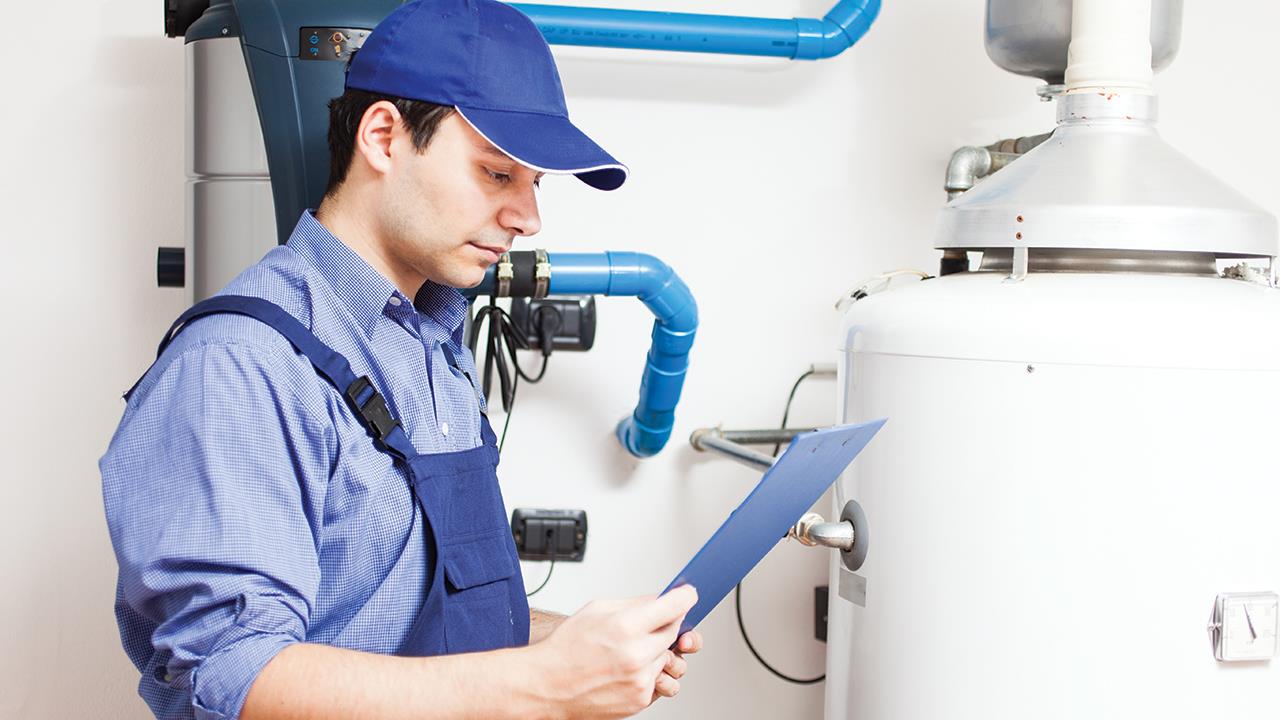


Isaac Occhipinti, Head of External Affairs at the Hot Water Association (HWA), takes a look at how hot water storage will work alongside heat pumps in the future heating landscape, post-decarbonisation.
At is clear that heat pumps are going to play a major role in the decarbonisation of the UK domestic heating footprint over the coming years. With demand for alternative sources of heat on the rise, consumer awareness is growing and the technology is maturing.
Current government proposals will see the uptake of ‘greener’ heating technology increase, with significant buildings specification changes for newbuild properties from 2025. While we may see slippage on this target, make no mistake; heat pumps will become mainstream. Heat pumps of course require hot water storage, usually in a cylinder, but there are a few points to note when fitting both in tandem.
To start, don’t try and use a standard indirectly heated cylinder, the heat exchanger won’t be big enough and the heat control interface (thermostat) probably won’t be able to talk to the heat pump.
Most major cylinder manufacturers make heat pump cylinders, so there is plenty of choice on the market, but it is still important that the cylinder is correctly selected for the situation and the heat pump.
Secondly, the cylinder needs to be bigger than a standard indirect cylinder heated by a boiler. For example, single phase heat pumps have a maximum power output of less than 15kW and longer recovery rates mean that 200-250l is a common selection for a typical four-bedroom house.
Next, make sure that that heat exchanger in the cylinder is matched to the output of the heat pump. Boilers operating at 70-80°C will get a much higher kW output through a coil than a heat pump operating at 55°C.
All indirect cylinders, including heat pump units, are currently assessed to EN 12897. Part of the test procedure of this standard is to measure the heat exchanger output at boiler temperature. In the absence of data on heat pump temperature coil ratings, a figure measured to EN 12897 in the mid-twenties should be sought to match up to a 14kW heat pump.
There are some consulting engineers and even heat pump manufacturers that will give coil recommendations of 3m2 surface area. Measuring a heat exchanger by its surface area is notoriously inaccurate and can be accentuated by designs such as a finned or corrugated heat exchanger. The only accurate way of assessing this is through test data available from manufacturers’ websites.
At present there is no official standard, either in Britain or Europe, for heat pump cylinders, but the HWA is currently developing a standard to fill this void. The likelihood is that it will follow the basic architecture of EN 12897, which is respected and understood by manufacturers, with relevant sections adapted to heat pump use.
The cylinder must interact with the heat pump. A conventional indirect cylinder will have a simple on/off thermostat that controls the boiler, which is then supplemented with a mandatory thermal cut-out on the cylinder. A heat pump will often need additional temperature sensing positions on the cylinder, typically in sensor pockets halfway up the heat exchanger and positions above it.
This information is provided to the heat pump, which will then deliver heat to the cylinder in the most energy efficient way possible. In this situation, a conventional thermostat is not required, however two entirely separate thermal protection devices are still necessary to achieve compliance with Building Regulation Part G3. This is most commonly achieved using a thermal cut-out and temperature and pressure relief valve.
The final major difference between a standard and heat pump cylinder is the location of the immersion heater. A heat pump cylinder immersion heater is typically located above the heat exchanger so that it will allow the top part of the cylinder to be periodically heated to 60°C to satisfy legionella guidelines, while not ruining the efficiency of the heat pump if it is left on.
Installers should always consider the addition of buffer storage to heat pump cylinders. Heat pump coefficient of performance can be improved with buffer storage of 50l or more. The buffer will not only allow the heat pump to reduce the number of on/off activations and improve efficiency, but will also provide continued heat to the property when the heat pump switched to defrost mode. A buffer vessel does not necessarily mean an additional product to be fitted. Cylinders with an integral buffer store are available to minimise the product footprint.
The varying options available display how the hot water industry is evolving with demand and delivering the goods needed to support homeowner choice alongside the UK’s carbon reduction targets.
If you'd like to keep up-to-date with the latest developments in the heating and plumbing industry, why not subscribe to our weekly newsletters? Just click the button below and you can ensure all the latest industry news and new product information lands in your inbox every week.